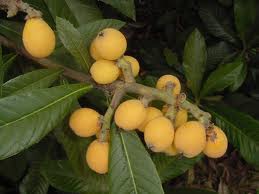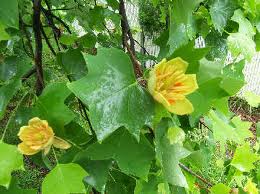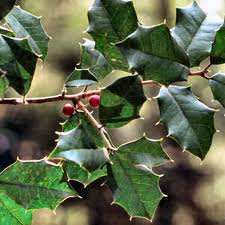I took a residential walk this evening to identify trees after dark. Yes, after dark. Now why do a silly thing like that?
I know someone who has his foraging students draw the plants they are studying, even if they can’t draw. The purpose is to accentuate the important elements of identification. Wandering around trees after dark is much the same thing.
Pines are fairly easy to identify after dark in a residential setting, meaning a few street lights now and then. There are seven species that grow locally, Slash Pine being the most common. The foliage, needles, is a good giveaway, and the pine aroma. But more than that pines grow tall, which is their downfall. They don’t have roots that spread out like the oak. They send down a tap root so the pine stands like a brittle spear in the ground. When tropical force or hurricane winds blow the pine shatters.
Then there was the loquat, an import from Asia. There are two varieties, each with long rough wrinkled leaf, with many herbal uses. Some of them blossom in the fall, some blossom in the spring, who knows why. But the leaf and fragrant blossom gives it away to the touch and nose.
The nose is the detective after dark. I found far more Laurel Cherries than I thought, many of them quite large. How can you identify them after dark? Break a leaf and smell it. If you smell almond you have the laurel cherry, except it is not almonds you smell but cyanide. Can that leaf kill you? One might, several can.
Live oaks are everywhere locally but I found a Black Jack Oak. How can I tell? I held the leaf up to the street light. It was shaped like Casper The Ghost holding, his arms out tapering at the ankles. The Water Oak is similar except Casper is not holding his arms out.
An odd leaf shape also helped identify the Tulip Tree, which has nothing to do with tulips. It is also called a yellow poplar but it is not a poplar. It has a large leaf with two short arms and a square end, slightly indented. The Sweet Gum was the only star leaf of the evening.
There was an Arbor Vite, a cedar masquerading as a lawn tree. The vertical branch growth and aroma gives it away. Aroma also gave away the many camphor trees. It is hard to believe no camphor tree here more than 138 years old, which is how long ago they were introduced locally.
The crape myrtles are naked smooth so they are easy to identify, as are the well trimmed viburnums, landscape trees that require a lot of attention but produce nothing but green leaves. The square hedges are Japanese yew. The seed is toxic but the aril is edible.
In the dark the Norfolk Pine, which isn’t a pine, and the Monkey Puzzle tree look similar. One careful touch, however, is all you need. The Norfolk Pine is, comparatively, soft and the Monkey Puzzle Tree well-armed with sharp leaves.
The conundrum of the evening was a holly. That it is a holly is not the issue, but which holly. Is it the American Holly, which can be made into a caffeinated tea, or the English Holly, which has some uses? Best guess, the American Holly, roundish leaves not bent and distorted as English Holly can be.
Oddly, I see few palms, which are easy to identify in the dark. They are also more grass than tree. One would think in a Central Florida neighborhood palms would be accented. I actually see more sagos than palms. Sagos are deadly. They are also cockroach high rises but they look nice in the daylight. That reminds me of what one does not see after dark, all the imported ornamentals that are usually quite poisonous.
Florida’s natural landscape is a resource. Coiffured lawns are usually toxic plant sites. Most plant poisonings occur in your own yard, followed by your neighbor’s yard. It is rather bizarre that when we left behind farming we surrounded our homes with poisonous plants. Most ornamentals are colorful. After dark they are but shadows among the real plants.





